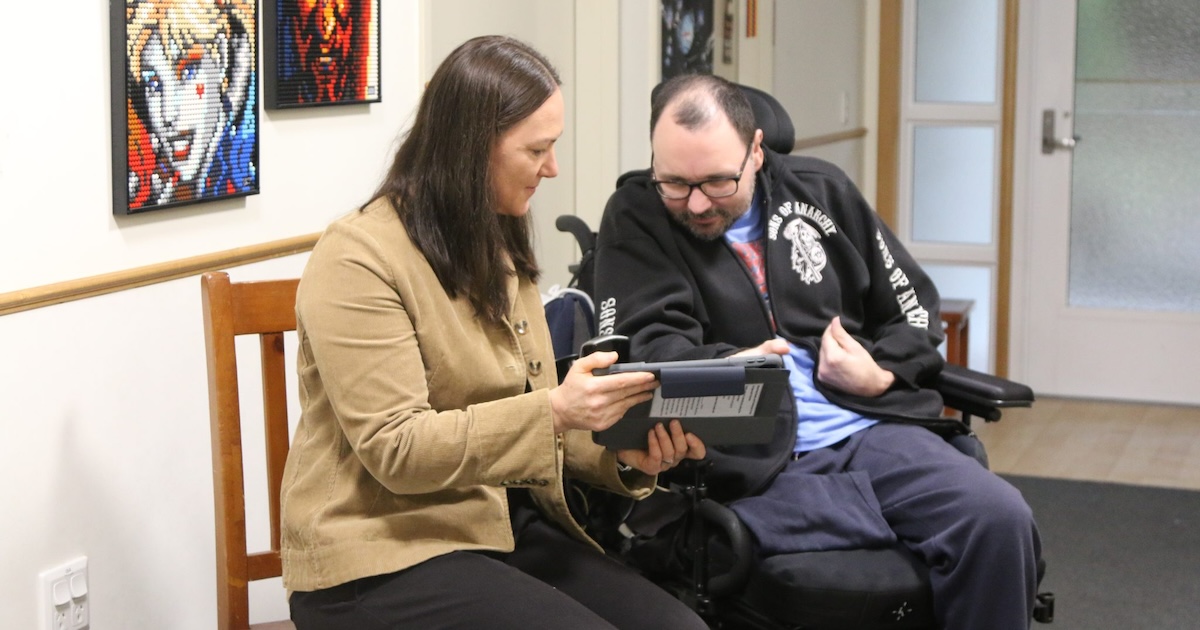In the fifth episode of the HIMSS Australia Digital Dialogue Series, hosted by Tim Kelsey, Senior Vice President, HIMSS Analytics International, guest speakers A/ Prof Didier Palmer, Director Emergency & Trauma Centre, Director, Division of Emergency Medicine at Royal Darwin & Palmerston Hospitals and Dr Hugh Heggie, NT Chief Health Officer and Executive Director Public Health and Clinical Excellence Department of Health at the Office of the Chief Health Officer, Northern Territory Government discussed digital health developments at NT, and lessons that other health systems can learn from the Territory.
DIGITAL HEALTH DEVELOPMENTS AT NT
“Digital health in the Territory has been driven by need – it’s been driven by need for services to a wide community, many of which are Aboriginal people, and one of the biggest things in my life is been living and working with them,” said Dr Heggie.
He said that a primary electronic (health) record was created some 20 years ago, which was initially limited to regions but later was able to be used on mobile devices. With a range of services in primary healthcare delivery, there needed to be a way of allowing visibility of (health) information about a person, and that led to the shared electronic health record in NT, allowing view from government funded and non-government funded Aboriginal community controlled services.
“We got the funding to start a territory-wide, single health record for all sites and services across NT that was live. This is important because when everybody can see the information about a particular person, then we can provide good care and not miss things,” he added.
What has emerged from the COVID-19 was the use telehealth, which was what NT has already been doing – a great example was how a nurse in a remote setting was guided by a doctor in an emergency department via a ceiling mounted camera to perform a procedure to save a patient’s life.
Dr Heggie also commented that with the COVID-19 pandemic, it is a once in a century opportunity to consider how health services delivery could be done differently, rather than just drift back to the way that things were being done before.
“Telehealth and all of our digital frameworks in health is absolutely important for us. Last year, our surgical department did about 150 telehealth consultations in the first six months – we have just done 9000, so there has been a flourishing (of telehealth),” explained A/ Prof Palmer.
He observed that there has been poor leadership in getting people onboard telehealth – doctor and patient times are absolutely important and issues like long waiting times and poor functioning of ‘video kits’ did not help the situation.
A/Prof Palmer said that during COVID-19, they’ve put in telehealth cubicles into every outpatient area, every single room. All the outpatient nurses were trained to troubleshoot and do the IT – a system was put in whereby a patient is being seen and the nurse would be ready getting another patient.
“We’ve got people onboard now, what we need to do is to keep them there.”
LESSONS FROM NT'S HEALTH SYSTEM
An audience member commented that integration between aged care and primary care has been a hallmark of NT health delivery for years and asked about how it has improved outcomes compared to other jurisdictions that might be facing difficulties in this aspect.
Dr Heggie’s response was that NT has had a very strong, strategic approach to primary healthcare, with nurses and Aboriginal health practitioners operating at a high level using protocol manuals and seeking decision support. That has helped keep people out of hospital to a very large degree with a focus on important things such as good blood pressure control and rapid responses to emerging health conditions.
“With regards to aged care, there are a lot of similarities to remote communities – there needs to be plans in place, we have had plans in place every year in NT, including for aged care facilities because of our annual severe weather events, including cyclones and flooding. We test the plans with an all hazards approach and we do scenario testing, which leads to a high degree of preparedness,” said Dr Heggie.
NT’s My eHealth Record was a precursor to Australia’s national level My Health Record, a summary record of a person’s health information being available to all care providers. A/Prof Palmer observed that people sometimes confuse what digital records are for and how much they help.
“An experienced doctor making a decision with a fairly limited data set will often do better compared to a junior doctor with a complete data set. It’s not all about what information is available – medicine is a complex process, it is extraordinarily apprentice-based and experiential, and you are not replacing them with algorithms as there is massive judgment which takes decades to learn,” he said.
To A/Prof Palmer, sometimes having more information does not make much of a difference. However, he noted that good information is great, and NT has good information for a long time with one hospital record and good hospital discharge summary, which helps clinicians save time.
